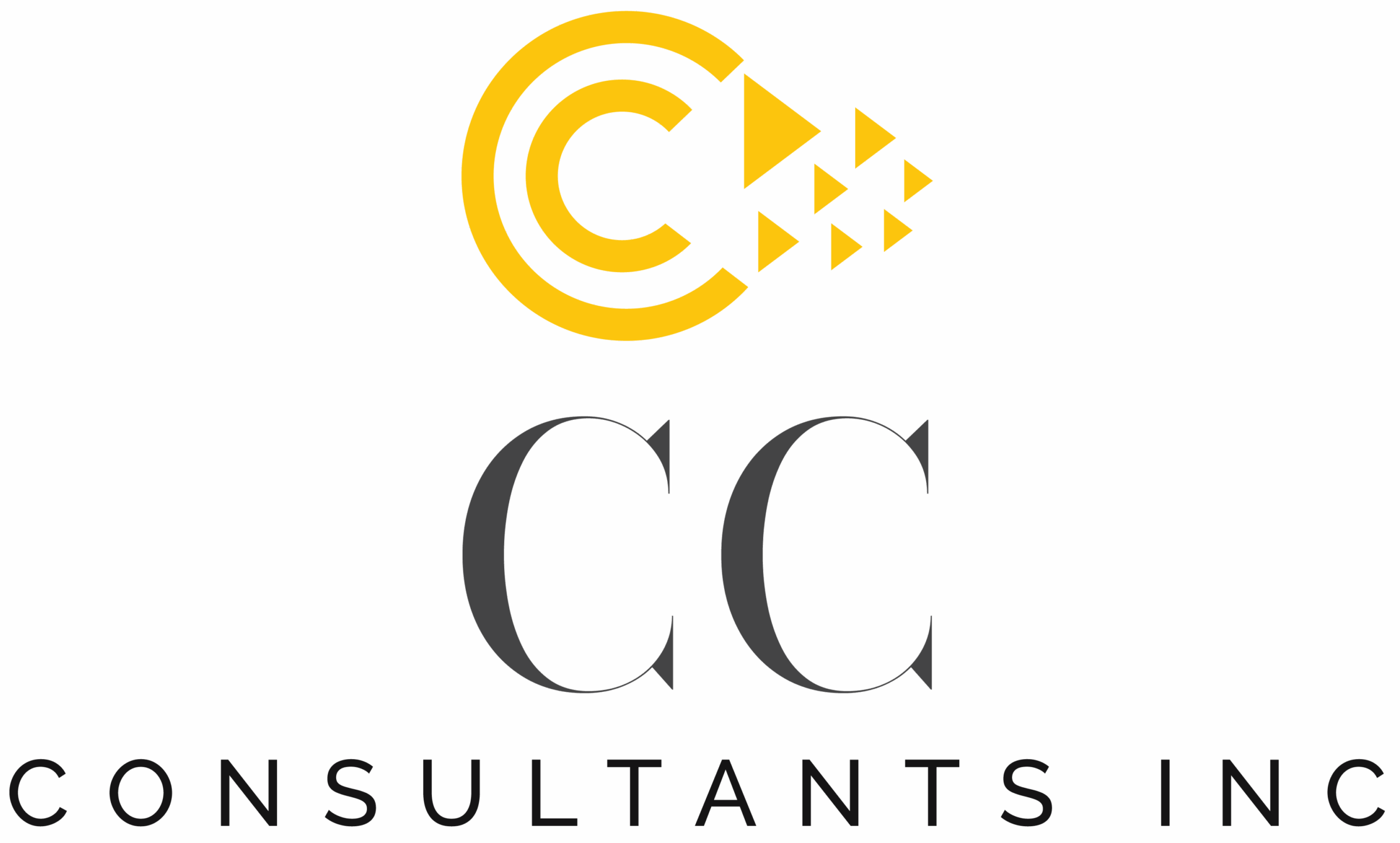Direct selling thrives on personal connections and timely adjustments. When sales professionals capture customer feedback in the moment, they gain the power to refine messages, address concerns, and build trust without delay. This dynamic approach transforms sales conversations into collaborative experiences, allowing sellers to adjust in real time and make prospects feel heard and valued.
In this guide, you’ll discover how to gather on-the-spot reactions, turn raw data into clear strategies, tailor conversations for each prospect, coach your team with real feedback, and measure results to fuel ongoing growth.
1. Capturing On-the-Spot Input
Gathering immediate reactions keeps you aligned with each person’s priorities and pain points.
Leverage Brief Questionnaires
- Encourage prospects to complete quick polls on mobile devices or tablets. These customer survey responses offer instant clarity on their needs.
- Design questions with simple scales (e.g., “Not interested” to “Extremely interested”) so answers arrive fast and are easy to interpret.
- Rotate question sets every few weeks to cover different aspects of your offering without overwhelming prospects, keeping your feedback fresh and actionable.
Monitor Digital Conversation Cues
- Watch chat transcripts or social media mentions for real-time comments about your product or service. This could include online events, live Q&A sessions, or webinars where customer feedback surfaces.
- Flag recurring praise or concerns and assign them to the right team member for timely follow-up, showing prospects you’re listening.
- Integrate live chat widgets on your site so reps can see comments as they happen and address them proactively.
Use Voice-to-Text Recording
- Record field calls or in-person chats (with permission) and convert them to text automatically.
- Highlight key phrases that reveal objections, interests, or unanswered questions. This will help uncover patterns and adjust future interactions.
- Store these transcripts in a shared repository for easy access by anyone on your team, creating a valuable resource for coaching and continuous improvement.
Observe Non-Verbal Cues During In-Person Meetings
- Pay attention to body language, tone shifts, and engagement levels during conversations.
- Note when prospects lean in, ask clarifying questions, or show visible excitement. These moments signal interest points you can amplify.
- Conversely, observe withdrawal or hesitations and adjust your approach to re-engage attention or address unspoken concerns.
2. Turning Data into Actionable Strategies
Raw input only helps when you make sense of it without delay.
Categorize Feedback Quickly
- Create simple tags such as “Pricing,” “Feature request,” or “Positive testimonial” to group comments instantly.
- Automate tagging through your CRM or feedback tool so every piece of feedback lands in the correct bucket for faster review and response.
- Review tag frequency weekly to spot emerging trends before they escalate, allowing you to prioritize timely solutions.
Translate Data into Strategy
- Summarize key points into clear customer insights that guide your next outreach. For example, if you notice multiple prospects mention the need for quicker onboarding, prepare a streamlined process or highlight existing resources in your presentations.
- Share these takeaways in brief team huddles or virtual standups to keep everyone informed and aligned.
- Update your playbook with examples of successful tweaks, such as revised messaging or restructured demos, to formalize best practices.
Prioritize High-Impact Adjustments
- Assign each feedback item a priority level based on potential revenue or satisfaction gains. A comment about pricing may warrant a discussion with leadership, while a feature suggestion might trigger a demo adjustment.
- Tackle top-priority issues within 24 hours to demonstrate responsiveness and build trust. Document resolution steps so the entire group learns from each improvement, creating a culture of continuous learning and adaptation.
3. Personalizing Your Pitch
Adjusting on the fly transforms a standard presentation into a unique, engaging conversation.
Tailor Value Statements
- Swap generic benefits for those directly mentioned by your prospect during feedback gathering. If a prospect indicates a focus on speed, emphasize how your solution saves time.
- Emphasize solutions that align with their expressed goals or challenges rather than offering a broad overview.
- Avoid overloading them with features they haven’t asked about. Personalization is about relevance, not volume.
Flex Your Questioning Style
- Switch from open-ended questions (“What matters most?”) to targeted prompts when you detect hesitation or indecision.
- Use affirming language (“You mentioned X was key, shall we explore that?”) to build rapport and reinforce that you’re listening.
- Pause after each point to invite more input and keep the discussion two-way, fostering a collaborative tone.
Offer Customized Demos
- Adjust your demo script to spotlight features raised in earlier feedback. For instance, if a customer highlights integration as a priority, demonstrate seamless connection with other tools.
- Show real-world examples that parallel the prospect’s industry or use case, making it easier for them to visualize the benefits.
- Invite them to drive parts of the demo. Ask what they’d like to see first, what challenges they want solved, or even let them test it out themselves.
Use Micro-Promises to Build Confidence
- During the conversation, confirm next steps by making small commitments, such as sending follow-up materials within 24 hours.
- Use these micro-promises to show reliability and reinforce trust, moving the prospect closer to a decision.
4. Empowering Your Team with Real Feedback
When everyone shares fresh feedback, coaching becomes more precise and impactful.
Hold Rapid Debriefs
- Schedule brief daily check-ins where reps report significant reactions they collected. This keeps feedback from becoming siloed and ensures it informs team-wide strategy.
- Encourage sharing both wins and critical comments to learn from each scenario and avoid repeating mistakes.
- Keep these sessions to ten minutes to maintain focus and energy, promoting engagement without feeling like a burden.
Build a Feedback Library
- Store standout comments, questions, and suggestions in a searchable database. Add context like date, region, product line, and rep name for clarity.
- Tag entries so reps can quickly find insights relevant to their territory, product, or customer segment.
- Reward contributions with recognition or small incentives (e.g., gift cards, shout-outs in meetings) to sustain participation and foster a feedback-rich culture.
Showcase Success Stories
- Highlight cases where quick adjustments led to closed deals or positive reviews. For example, a rep might share how revising a pitch based on feedback turned a “maybe” into a “yes.”
- Invite reps to present their approach and results in team meetings to inspire and motivate peers.
- Document these stories in your training materials to guide newcomers and reinforce a culture of continuous learning and improvement.
5. Sustaining Growth through Continuous Feedback
Real-time adjustments work best when they feed a cycle of ongoing refinement.
Close the Loop with Prospects
- Follow up after implementing a change to verify it met their expectations. For instance, if a prospect requested a pricing breakdown, confirm they received and understood it.
- Thank them for their candid comments and explain how you took action. This acknowledgment builds trust and strengthens the relationship.
- Use this outreach to uncover new needs and keep the dialogue open, leading to future sales opportunities.
Measure Conversion Shifts
- Track metrics like demo-to-sale rates, average deal size, or time to close before and after adjustments. Look for patterns indicating that real-time feedback is making a measurable difference.
- Compare satisfaction survey scores to quantify the impact on customer experience. A simple “How was your experience?” survey after the conversation can provide useful benchmarks.
- Share these results with leadership to secure resources for further improvements and demonstrate ROI from feedback-driven sales practices.
Iterate Processes Regularly
- Review your feedback-handling workflow quarterly to identify bottlenecks or gaps. Are some reps missing key comments? Is the tagging system comprehensive?
- Experiment with new tools or question formats to keep data collection fresh and engaging. Try incorporating gamified elements or digital surveys that encourage participation.
- Align your strategies with evolving market demands and emerging trends. What worked last quarter might need refinement as customer expectations shift.
Take Charge of Your Sales Game Today
Integrating real-time feedback into your direct sales routine transforms every interaction into a learning opportunity. By capturing input instantly, deciphering it swiftly, tailoring discussions, coaching your team, and measuring results, you’ll foster deeper connections, boost conversion rates, and pave the way for lasting growth.
At Corral Consultants Inc., we’re here to help you gather, decode, and leverage feedback with confidence and clarity. Let’s work together to fine-tune your strategies, empower your team, and turn every conversation into a conversion. Get in touch today and start shaping a smarter, more responsive sales approach!

